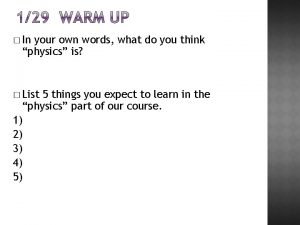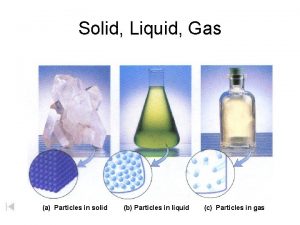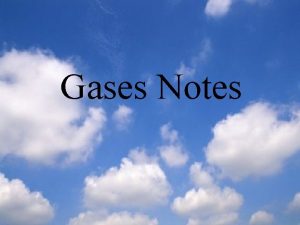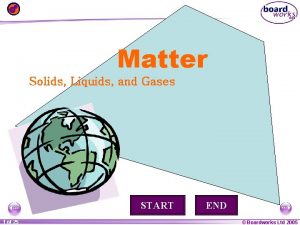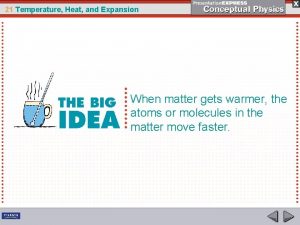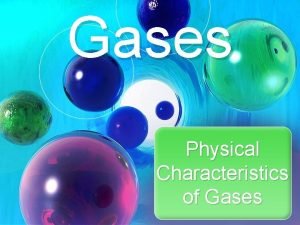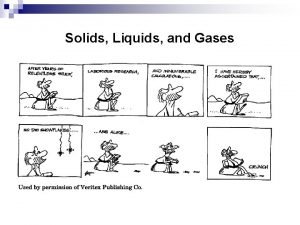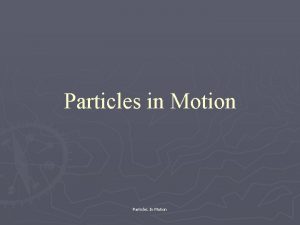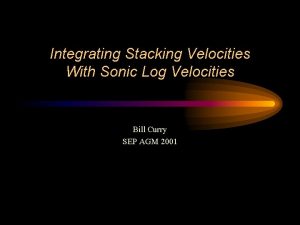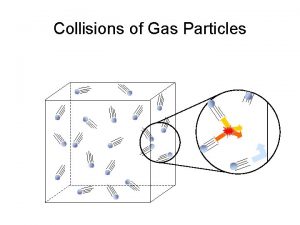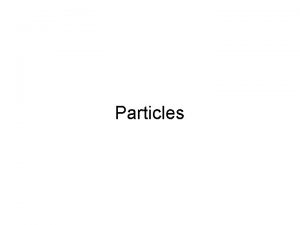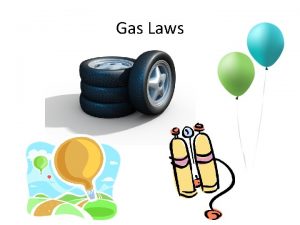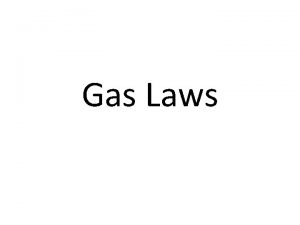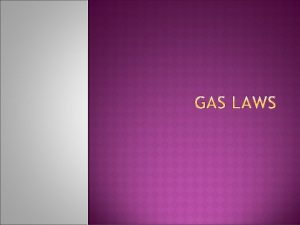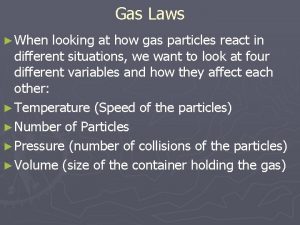What gas velocities are required For particles larger









- Slides: 9

What gas velocities are required? • For particles larger than 100 m – Wen&Yu correlation • Remf=33. 7[(1+3. 59*10 -5 Ar)0. 5 -1] – Valid for spheres in the range 0. 01< Remf 1000 • For particles less than 100 m(x. P=particle diameter) • For fluidized beds-harmonic mean of mass distribution used as mean

Bubbles vs. No Bubbles • umb=superficial velocity at which bubbles first appear • umb(Abrahamsen &Fieldart, 1980) for • For groups B&D powders, they only bubble, umf= umb • For group C, bubbles never form (cohesive force too high) & channeling occurs

Slugging • When size of bubbles is greater than 1/3 of diam. of bed, rise velocity is controlled by equipment • Slugging leads to large pressure fluctuations & vibrations • Don’t want slugging! • Yagi&Muchi(1952) criteria to avoid slugging (Hmf: bed height at onset of fluidization, D: diameter of bed)

Expansion of a fluidized bed • For non bubbling, there’s a region where u increases, particle separation increases but P/H remains constant • u is related to u. T –single particle terminal velocity in general u= u. T n, =voidage of the bed u= u. T 4. 65 Re. P > 500 • Between - Khan & Richardson, 1989 u= u. T 2. 4

More Bed Stuff Expansion for bubbling beds • Simple theory-any gas excess of that needed for fluidization could form bubbles (not perfect since for low cohesive powders, much increase in gas velocity can occur before bubbling & increase leads to lower density, bigger bed volume) • Relationship between gas as bubbles & gas doing fluidization depends on type of powder Entrainment • Removal of particles from bed by fluidizing gas • Rate of entrainment & size distribution of entrained particles will depend on particle size & density, gas density & viscosity, gas velocity & fluctuations, gas flow regime, radial position, vessel diameter

Entrainment All particles are carried up & particle flux+suspension concentration are constant with height Disengagement zone-upward flux and suspension concentration of fine particles decreases with increasing height Coarse particles fall back down

Applications for fluidized beds • Drying – minerals, sand, polymers, pharmaceuticals, fertilizers • Mixing – all kinds of materials • Granulation – process of making particles cluster by adding a binder • Coating • Heating/cooling – provides uniform temperature and good heat transport

Issues to consider • Gas distribution screen • Erosion – solid, hard particles may cause wear in bed • Loss of fines- reduces quality of fluidization lowers gas-solid contact area, reduces catalytic activity • Cyclones – can be used to separate entrained fines for recycle

Feeding the bed • May need to feed fluidized bed • Important for drying, granulation, recycle of fines • Methods of solids feeding – Screw conveyors – Pneumatic conveying
 Antigentest åre
Antigentest åre Distance, speed time triangle
Distance, speed time triangle Two or more velocities add by
Two or more velocities add by Triangle of velocities
Triangle of velocities Gas to solid
Gas to solid Gas particles are separated by relatively large distances
Gas particles are separated by relatively large distances Properties of solids and liquids
Properties of solids and liquids Water expansion temperature graph
Water expansion temperature graph Postulate 2 states that gas particles are:
Postulate 2 states that gas particles are: Gas like mixture of charged particles
Gas like mixture of charged particles


